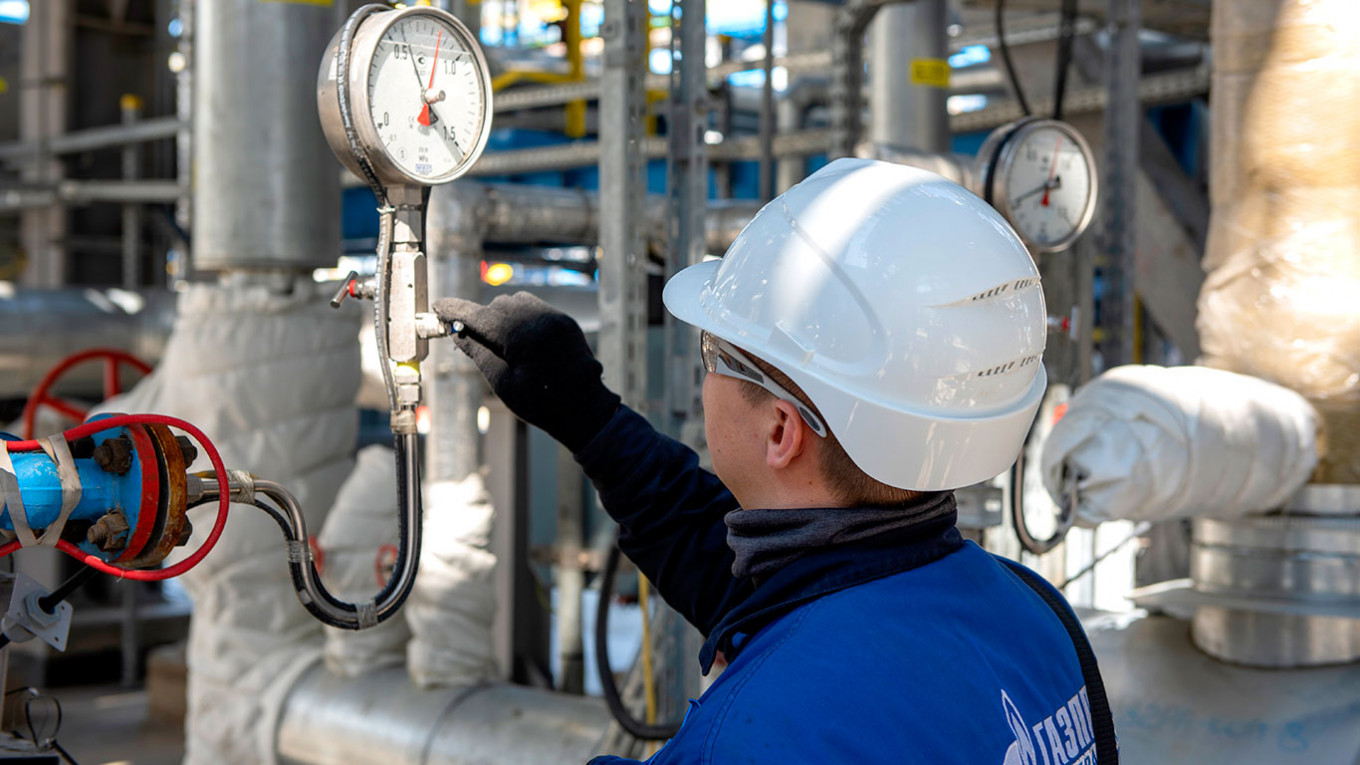In the ever-evolving landscape of energy infrastructure, gas distribution installations play a pivotal role in ensuring a reliable and efficient supply of natural gas to homes, industries, and businesses. As societies worldwide strive to transition towards cleaner and more sustainable energy sources, the significance of these installations cannot be overstated. This article delves into the intricacies of Centrale d’oxygène médical, exploring their functions, advancements, and the positive impact they have on our daily lives.
The Basics of Gas Distribution:
Gas distribution installations are complex networks of pipelines, compressors, valves, and meters designed to transport natural gas from production sources to end-users. This network connects gas wells, processing plants, storage facilities, and ultimately, residential, commercial, and industrial consumers. The distribution process involves compression, transmission, and regulation of the gas to ensure a consistent and safe supply.
Components of Gas Distribution Installations:
- Pipeline Networks: Gas distribution systems rely on an extensive network of pipelines to transport gas over long distances. These pipelines are made of high-strength materials to withstand the pressure and environmental conditions.
- Compressor Stations: Compressor stations are strategically located along the pipeline to boost the gas pressure, facilitating its movement through the network. These stations play a critical role in maintaining a steady flow of gas.
- Regulation and Metering Stations: To ensure safe and controlled delivery of gas to end-users, regulation and metering stations are installed. These stations regulate the pressure, measure the gas flow, and monitor consumption.
- Storage Facilities: Gas distribution systems often incorporate storage facilities to balance supply and demand fluctuations. Underground storage reservoirs store excess gas during periods of low demand for release during peak usage times.
Advancements in Gas Distribution:
- Smart Technologies: The integration of smart technologies has transformed gas distribution installations. Advanced sensors and monitoring systems provide real-time data on gas flow, pressure, and overall system health. This allows for predictive maintenance, reducing downtime and improving overall efficiency.
- Remote Control and Automation: Automation plays a crucial role in enhancing the responsiveness and reliability of gas distribution. Remote control systems enable operators to monitor and control various aspects of the distribution network from centralized locations, improving efficiency and reducing the need for on-site interventions.
- Renewable Gas Integration: With the global emphasis on renewable energy sources, gas distribution installations are adapting to incorporate renewable gases such as biomethane and hydrogen. This transition aligns with sustainability goals and reduces the carbon footprint of the gas distribution sector.
Positive Impact on Society:
- Reliability and Accessibility: Gas distribution installations ensure a reliable and accessible energy source for homes, businesses, and industries. This reliability contributes to economic stability and the overall well-being of communities.
- Environmental Benefits: As the industry embraces cleaner energy sources, gas distribution installations contribute to reducing greenhouse gas emissions. The integration of renewable gases supports the transition to a more sustainable energy future.
- Economic Growth: Gas distribution installations stimulate economic growth by providing a cost-effective and efficient energy source for industries. This, in turn, creates job opportunities and fosters economic development in regions with robust gas infrastructure.
Conclusion:
Gas distribution installations represent the backbone of modern energy infrastructure, ensuring a steady and reliable supply of natural gas to meet the diverse needs of societies.



